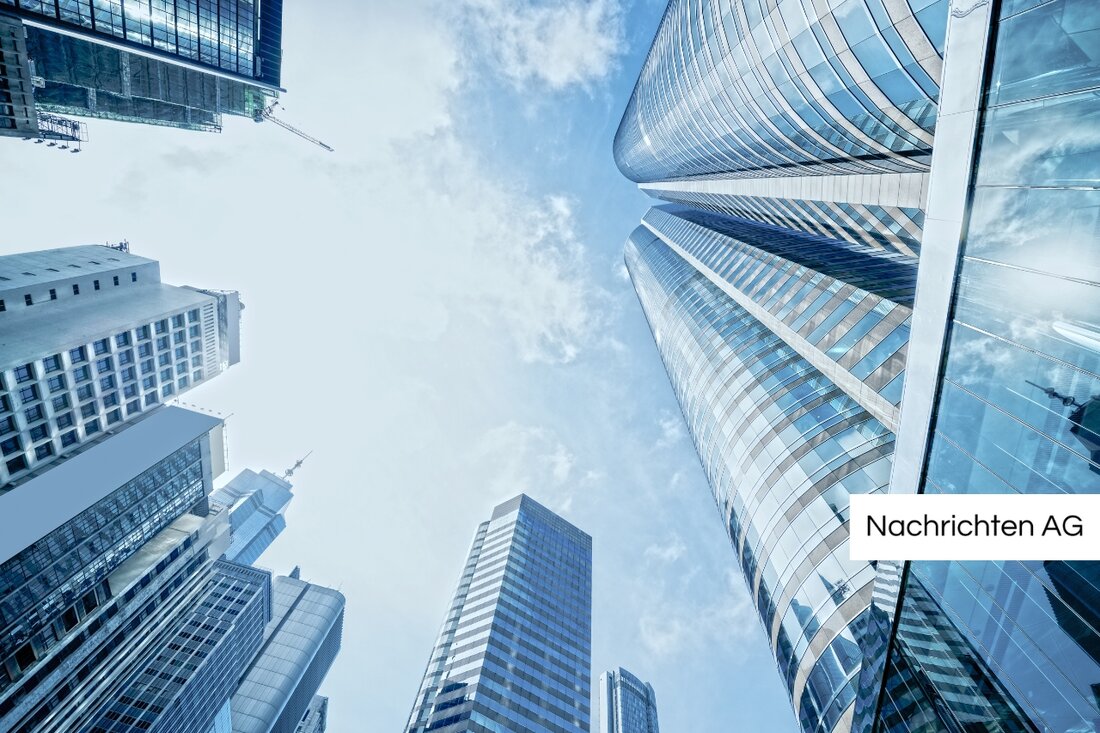Hamburg: The green metropolis on the water impresses with new projects!
Discover the sustainable development of HafenCity Hamburg: green projects, innovative construction projects and citizen engagement for a metropolis worth living in.

Hamburg: The green metropolis on the water impresses with new projects!
Hamburg, the green metropolis on the water, has developed into a real role model when it comes to environmental awareness in recent years. Loud NDR An impressive 70% of the city is green, which significantly increases the quality of life and biological diversity. Almost a fifth of the area consists of meadows, forests, parks and water areas, around half of which are under special nature protection. These are not just numbers, but also a clear commitment to nature that the citizens of Hamburg support together.
The city's green development is a lengthy process: in over 100 years of Hamburg's park history, the area of green spaces has increased tenfold from 200 to 3,000 hectares. With more than 800,000 trees, these are among the urban areas that symbolize the heart of the metropolitan community.
Experiences close to nature
A very special local recreation area is the Niendorfer Gehege, which is an impressive 150 hectares in size and offers numerous leisure opportunities. Here, visitors can watch deer and roe deer or ride ponies, while the forest café invites you to take a relaxing break. The Fischbeker Heide also delights nature lovers: As one of the city's largest nature reserves, it is known for blooming heather and the opportunity to observe rare bird species.
But not only nature, innovative projects are also on the rise in Hamburg. HADAG recently ordered three new hybrid ferries for the port of Hamburg, the first of which has already arrived. These ferries are charged with shore power and are equipped with an energy-efficient diesel generator. The skippers have already received training on how to use this technology - a further step towards environmentally friendly mobility.
Sustainable construction and creative solutions
HafenCity, which is considered a prime example of sustainable urban development, shows how urban life can be designed in an environmentally conscious manner. Not only modern buildings are being built here, but also projects such as the 65 meter high wooden high-rise “Roots” or the residential complex “Moringa”, which is being built according to the “Cradle-to-Cradle” concept. Such initiatives are massively promoted by the city administration in order to reduce CO2 emissions and improve air and water quality Hamburg Guide determines.
But environmental efforts are not just limited to large construction projects. Hamburg Airport, Germany's fifth largest airport, also benefits from green areas that serve as a resting place for birds. To protect these animal visitors, airport falconer Herbert Boger has been working with “service falcons” for over 15 years to minimize possible bird strikes.
A creative collaboration
Another example of creative commitment in Hamburg is the digital gardener Jan Kamensky, who transforms gray landscapes into green oases. This shows that, in addition to large projects, every individual can also do their part to make the city greener. Artist Gabriele Bruns has set up her studio in Finkenwerder, where she contributes to the city's cultural and creative landscape.
In Stellingen, Café Steenwisch, run by Susanne Dechow, ensures that culinary delights are not neglected. There are gluten-free baked goods here that expand the city's offerings and show guests that sustainability and enjoyment can go hand in hand.
Hamburg, recognized as the “Green Capital of Europe”, not only sets standards for other cities, but also benefits from its improved image as an environmentally conscious metropolis. This commitment is not only good for nature, but also attracts tourists and supports the local economy. Together, citizens can contribute to this positive development through waste separation and local initiatives. The city impressively shows how urban life, sustainability and citizen participation can form a harmonious whole.

 Suche
Suche
 Mein Konto
Mein Konto